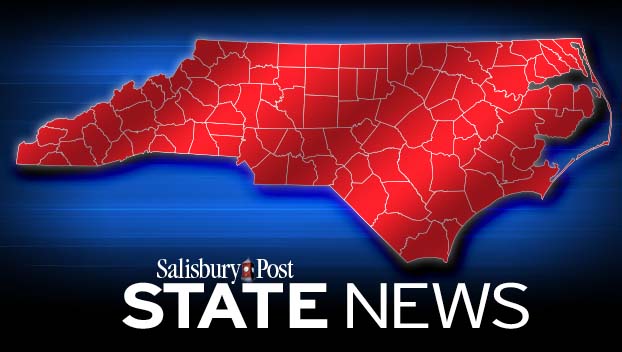Feds say UNC fraternity members were part of drug ring
Published 12:00 am Friday, December 18, 2020
By Tom Foreman Jr.
Associated Press
WINSTON-SALEM — Fraternity members at North Carolina’s flagship school were part of a drug trafficking ring that for years funneled huge quantities of drugs into three college campuses, federal prosecutors said Thursday.
Twenty-one people have been charged in connection to the ring following an investigation by the U.S. Drug Enforcement Administration and the Orange County Sheriff’s Office, the U.S. Attorney’s Office in Greensboro said in a news release.
The illegal drug activity involved chapters of Phi Gamma Delta, Kappa Sigma, and Beta Theta Pi fraternities at the University of North Carolina at Chapel Hill between 2017 and the spring of 2020, according to court filings.
Over several years, the drug ring funneled more than a half-ton of marijuana, several hundred kilograms of cocaine and significant quantities of other drugs into UNC-Chapel Hill, Duke University and Appalachian State University, prosecutors said.
The suspects range in age from 21 to 35, with the majority being in their mid-twenties. It’s unclear how many are or were students at any of those three schools.
“I want to make it very clear: This is not the situation where you have single users — where you have a 19-year-old sipping a beer or you have someone who is taking a puff of a joint on the back porch of a frat house,” U.S. Attorney Matthew G.T. Martin said at a news conference, according to The News & Observer of Raleigh. “These are 21 hardened drug dealers.”
In an emailed statement on Thursday afternoon, UNC-Chapel Hill Chancellor Kevin Guskiewicz said none of the suspects are currently enrolled UNC students, but said the school “will remain vigilant” in combating illegal drug use.
“The University is committed to working with law enforcement to fully understand the involvement of any university individuals or organizations so that disciplinary action can be taken,” Guskiewicz said.
Court documents said investigators used information from sources and defendants as well as undercover purchases and surveillance to determine the suspects were shipping cocaine from California via the U.S. Postal Service and moving marijuana by motor vehicles.



